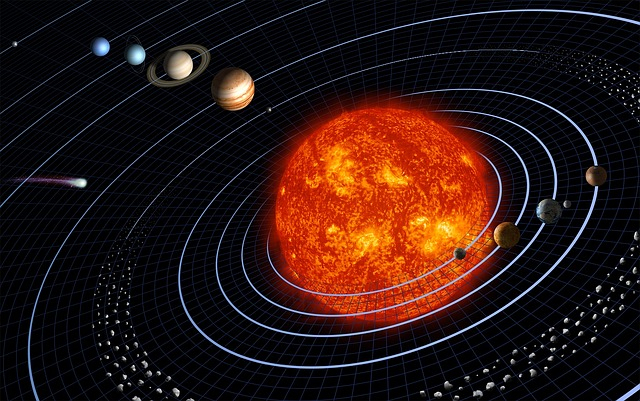
Scientists have been debating over the existence of two puzzling celestial bodies which they call Kordylewski dust clouds for nearly 57 years. It was in 1961 that Polish astronomer Kazimierz Kordylewski initially discovered these dust clouds, and he suggested that they may be orbiting the earth around the L4 and L5 Lagrange points. Now, a team of Hungarian scientists has confirmed the existence of these celestial bodies,
As per the report from Royal Astronomical Society, during the study, researchers from Eötvös Loránd University build a mathematical simulation based on the equations of a system containing the Sun, Earth, Moon, and a fourth dust cloud. The simulations revealed that the presence of a swirling dust cloud is totally possible in the L5 Lagrange points.
The research report also suggested that Kordylewski dust clouds might be orbiting around 4,00,000 kilometers away from the earth.
"The Kordylewski clouds are two of the toughest objects to find, and though they are as close to the Earth as the moon, they are largely overlooked by researchers in astronomy. It is intriguing to confirm that our planet has dusty pseudo-satellites in orbit alongside our lunar neighbor," said Judit Slíz-Balogh, one of the researchers who took part in the study.
However, there are many experts who believe that these dust clouds might be a transient phenomenon. As per these experts the dust they noticed by the Hungarian researchers could be easily blown away through gravitational jostling from other planets or solar wind.
Considering their stability, the L4 and L5 Langrage points are widely touted to be potential sites for orbiting space probes. Space experts also argue that these Lagrange points could be used as transfer stations for missions exploring a wider solar system. Now, with the discovery of these two possible ghostly dust moons, experts would look in depth to analyze their stability and will try to determine whether it poses any threat to equipment included in the space probe.









